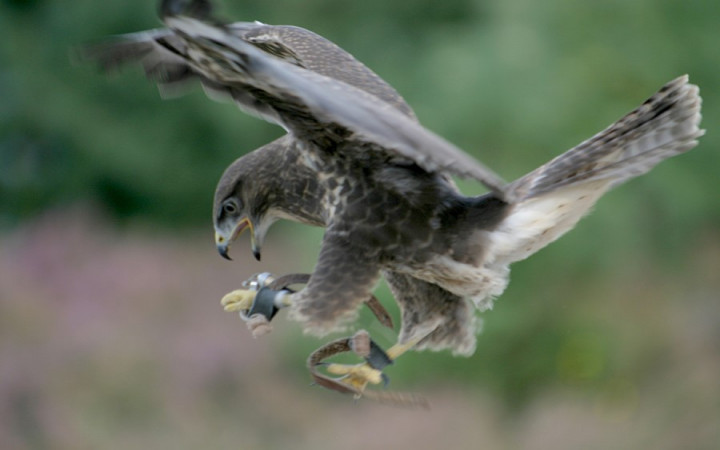Today’s Wonder of the Day was inspired by James. James Wonders, “Why do birds have feathers” Thanks for WONDERing with us, James!
Have you ever heard the old saying, “Birds of a feather flock together”? But what if birds had fur? Would they flock togeth…ur? No, that doesn’t sound right! We guess it’s a good thing birds have feathers.
Birds seem to think so, too. Their feathers are unique. In fact, you might say they’re one of the bird’s defining characteristics. If it’s got feathers, it’s a bird. If it’s a bird, it’s got feathers. And those feathers aren’t just there for show! Scientists and bird lovers alike can tell you that feathers are very important.
Feathers allow birds to do one of their favorite things: fly. Without their aerodynamically-designed feathers, birds would be waddling around on the ground like the rest of us!
However, even flightless birds need their feathers. For example, penguins rely on their feathers to keep them warm and dry in cold climates. Birds are warm-blooded creatures. That means their bodies maintain a healthy temperature to keep them alive. As insulators, feathers help with this. In this way, they’re a bit like clothes for birds.
Birds aren’t known to keep up with the latest fashion trends, though. Still, the colors of a bird's feathers can affect its ability to find a mate. In many species, male and female birds have differently colored feathers. This helps them tell each other apart. More brightly-colored birds may also find mates more easily.
Some birds use their coloring to attract other birds. But other feathers help make birds invisible…to predators, at least. In this way, feathers can serve as camouflage. For example, the winter feathers of the Willow Ptarmigan are pure white. This helps the bird to blend in with its snowy surroundings.
How did birds get their feathers? Scientists think they may have evolved from scales like you’d find on a reptile. This view is supported by the fact that some birds still have scales on their lower legs and feet. As feathers began to develop, they took on a few different forms.
The largest feathers on a bird are called contour feathers. These include the flight feathers and the tail feathers. They give birds their shape and color.
Underneath the contour feathers are soft, fluffy down feathers. They provide most of the insulation birds need to stay warm. They’re so good at this that humans have used them for many years in down jackets and feather pillows.
A few other types of feathers found on many birds include semiplumes, filoplumes, and powder feathers. Semiplumes are like a cross between down and contour feathers. They provide insulation while helping to maintain a bird’s shape.
Filoplumes are the simplest feathers. These sit under the contour feathers. They’re hair-like and usually stiff. They also have receptors that help birds understand what’s going on with their contour feathers.
Powder feathers can be found on certain birds, such as pigeons and herons. They grow continuously and disintegrate at their tips into a fine powder. The function of this powder is not completely understood, but some scientists believe it may help with waterproofing.
Do you have a favorite species of bird? Maybe you like to look at flamingos or peacocks. Many of the world’s birds have very colorful feathers. What about the birds where you live? The next time you’re outside, try bird watching! You may just find a species you’ve never seen before.
Standards: NGSS.LS1.D, NGSS.LS4.B, CCRA.L.3, CCRA.L.6, CCRA.R.1, CCRA.R.2, CCRA.R.4, CCRA.R.10, CCRA.SL.1




